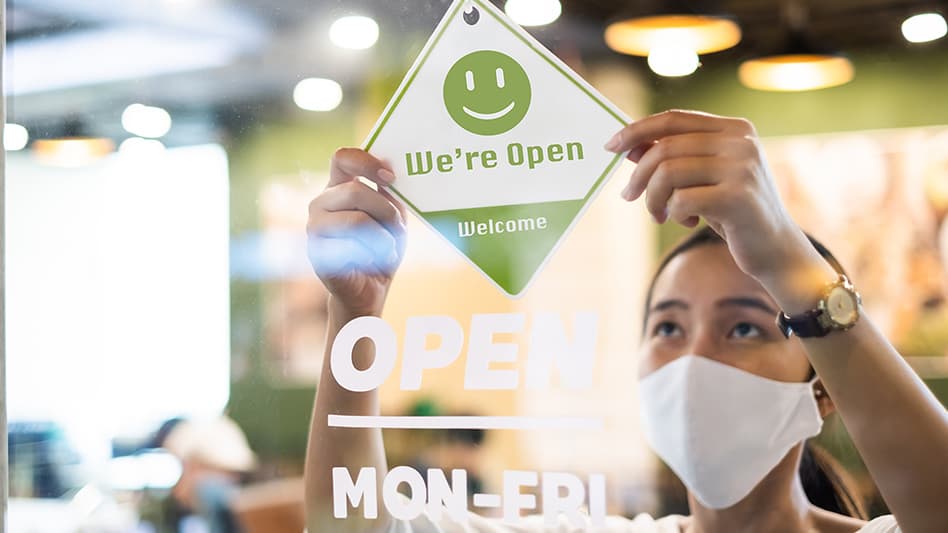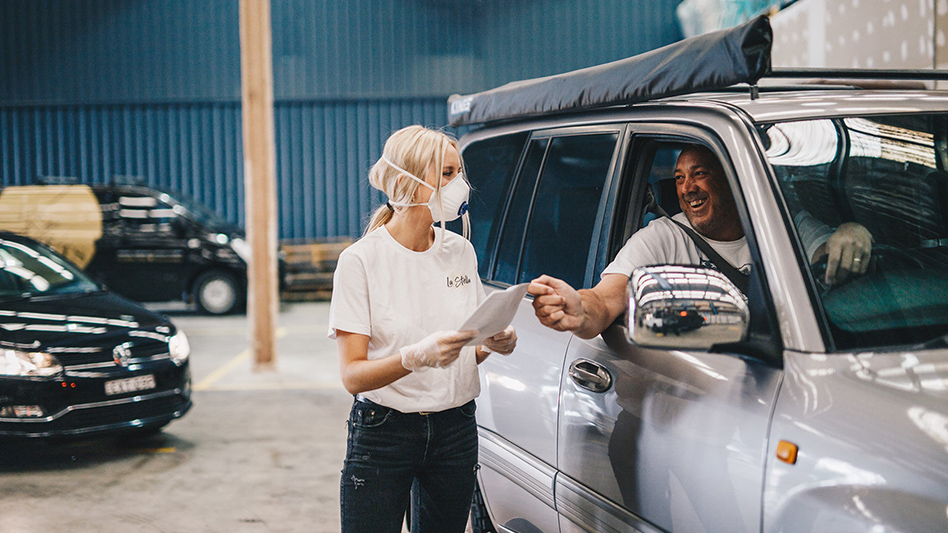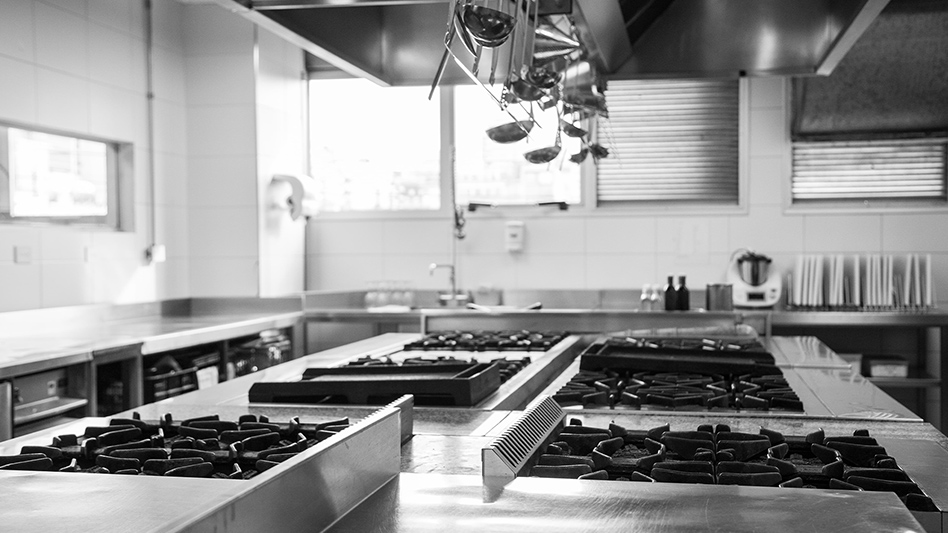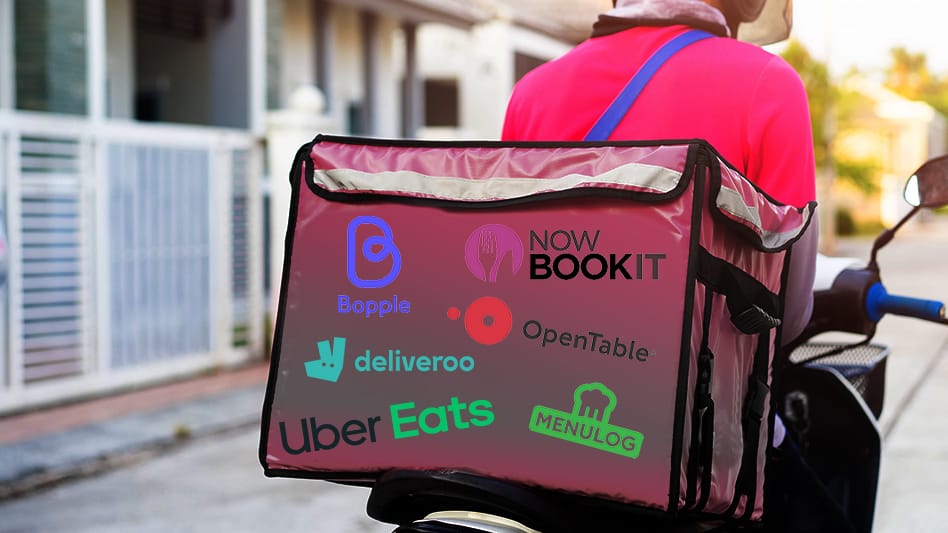
Food delivery services like UberEats, Deliveroo and Menulog have transformed the way Aussie consumers eat and drink, particularly in recent months, as COVID-19 and subsequent lockdowns have contained people their homes.
The hospitality industry has been forced into change with Covid-19 and has fast-tracked alternative methods of dining. Food delivery services like UberEats, Deliveroo and Menulog have transformed the way Aussie consumers eat and drink, particularly in recent months, with subsequent lockdowns resulting in people contained to their homes. But how has it affected the hospitality industry and what can restaurateurs do now to prepare for the future?
Gone are the days when pizza night was reserved for every second Sunday or the odd special occasion. Food delivery has become a mainstay in the quintessential Aussie home in recent years, and it’s only elevated to new heights in the wake of COVID-19.
Given that the use of food delivery services is becoming more widespread, we have every reason to believe that they’re going to stick around in the near future and in the post-pandemic society.
The facts about food delivery services in Australia
- The food delivery service industry grew by $2 billion in 2020 as a result of COVID-19. (source)
- 73% of millennials place their food orders through food delivery apps. (source).
- Over 7,000 food orders are made every hour in Australia. (source).
- Sydney residents spend around $2,000 a year on food delivery. (source).
- Asian cuisine and healthier options like poke bowls, vegan dishes and sushi are among the most favoured foods for food delivery services. (source).

COVID-19 impact
As consumers continue to dine at home more as a result of widespread lockdowns or simply their desire to avoid high-traffic public places, food delivery services have become the backbone of feeding Australian consumers during COVID-19.
Forced closures of dine-in restaurants have only added fuel to the fire for food delivery services, as restaurants pivot away from table service to delivery-only as a means to weather the storm.
One of the many advantages of food services is that they’ve provided a solid bridge for restaurants to service their existing clientele and reach new clientele at the same time. But many have experienced severe strain caused by exorbitant fees imposed by major services like Uber Eats and Deliveroo.
There’s no doubt that delivery apps have a responsibility and a means to restore the hospitality industry to its entirety. When the storm rolls over, it’s predicted consumer lifestyles will not return to their former reality. Australian consumers have created new habits, and experts are predicting they’ll be hard to break. Restaurants will need to adapt to the hybrid normal of offering dine-in and takeaway options.
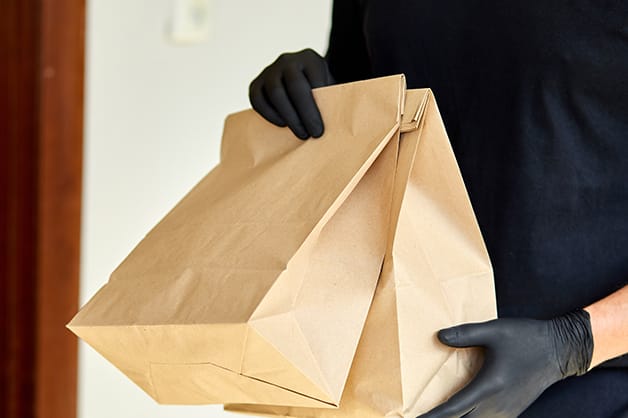
A brief look at contenders
- Nowbookit: A simple interface that allows hospitality venues to take delivery orders from their website.
Commission: No commission, just 1.99% booking fee passed onto the customer.
Set-up: $99 + GST
Monthly management fee: Small fee
- Opentable: Online ordering platform with a range of plans to choose from.
Monthly plans: From $39
- Bopple: Online ordering platform with a range of plans to choose from.
Set-up fee: $299
Monthly plan: From $69
- Menulog: One of the longest-standing online ordering platforms in Australia.
Commission: Flat 15% on all orders.
- Ubereats: The world’s largest food delivery service with a simple interface.
Commission: 30-35% on all orders.
- Deliveroo: One of the longest-standing – and most expensive for restaurants – online ordering platform in Australia.
Commission: between 30-35% on all orders.

The rise of Dark kitchens
For many restaurants, it’s made little sense to renew leases for entire restaurant floors when they’re not being put to use at full capacity. For this reason, many restauranteurs have opted for establishing “dark kitchens”, also known as cloud, ghost or virtual kitchens. A dark kitchen is essentially a commercial kitchen – whether that be in a community facility, business premises, cooking school or function centre – without any formal dining areas.
Those that have created dark kitchens have benefited from not having to pay as much in mortgage repayments, rent and utilities, allowing them wiggle room to accept commission fees of up to 35% for some delivery services. It’s offered a low-cost, high turnover alternative to the conventional restaurant business model we’re all familiar with.
*Rules for dark kitchens will differ from state-to-state so be sure to check your local government’s site for relevant information.
What does the future look like?
In the coming years, we can expect to see the food delivery services industry continue to grow, as well as the subsequent emergence of ‘dark kitchens,’ as consumers choose to dine out less and eat in more.
But, as the industry as a whole continues to garner significant growth, we should prepare for higher fees, and, with businesses forced to pay upwards of 35% today, anything higher could make it impossible to turn a profit. For this very reason, experts have predicted ordering alternatives such as over Facebook messenger to appear. However, Facebook has yet to weigh in on the idea.
Many restaurants are also attempting to take advantage of the demand created by these apps by creating an in-house ordering option. If you can encourage your customers to order directly through your own website or app, you’ll remove the middle man altogether and avoid having to pay commissions (and the risk of commission increases). You’ll also remove the risk of users entering a food delivery app with your restaurant in mind and being influenced to dine elsewhere.
By sharing commissions from delivery apps with your customers, you’ll create a value perception required to change your customers purchasing behaviour in your favour, which could ultimately control your demand at a lower cost per serve.
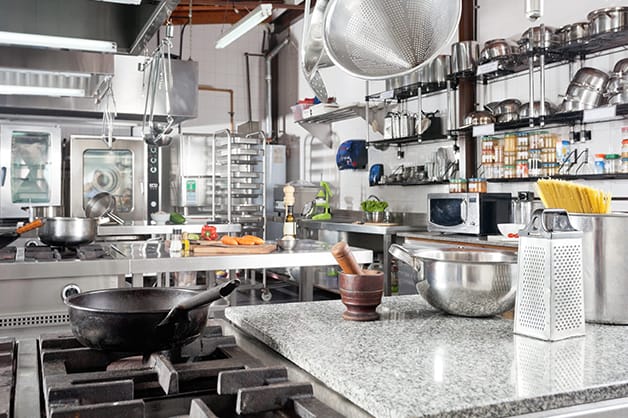
What business owners can do now to prepare for the future
While shifting your business model to a dark kitchen and signing up to food delivery service apps might seem daunting; you shouldn’t discount them entirely.
If there’s anyone who knows what it takes to pivot in a rapidly changing industry, it’s WA hospitality veteran Don Hansey. He recently renovated his two commercial kitchens, allowing him to rent out the kitchen spaces during the day for food producers and cooking schools, and run dark kitchens by night. He firmly believes that traditional cafes and restaurants must think beyond what they’re used to and adapt to technology to retain business in one of the most competitive business environments in history. “This is the way of the world now, and you’ve got to move with the times.” Although he still thoroughly enjoys being served at a nice restaurant, “you’re going to have to be a damn smart operator to stay afloat.”
As is the case with every industry, change and progress is inevitable; it is how you adapt to these changes that will ultimately determine your business’s survival.
